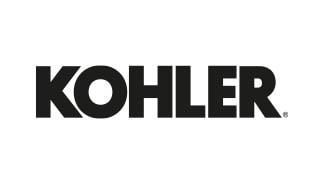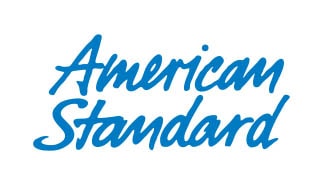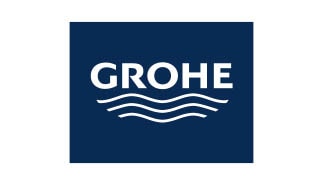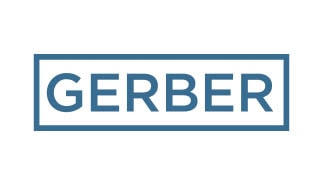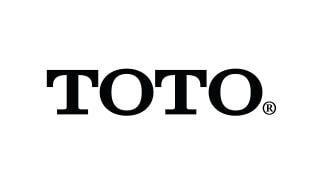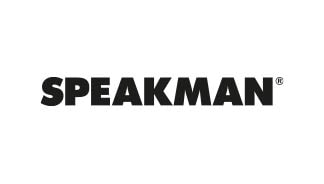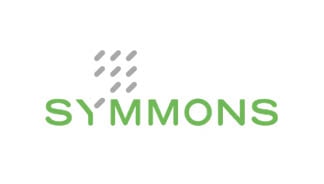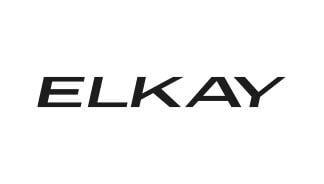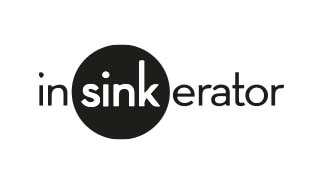Published on
February 15th, 2024Different Methods of Water Filtration and Sanitation Used Throughout History
Living in New York, it is easy to take access to clean drinking water for granted. People don’t understand the luxury they have when opening a tap and taking a sip of fresh water on demand. Clean water access was not always so automatic, and it still isn’t for many parts of the world. The history of water filtration and sanitation is fascinating, unnerving, and quite upsetting. Travel back through the centuries and discover how filtration and sanitation progressed.
Examining the History of Water Filtration in Ancient Civilizations
Egypt
One of the first cultures to focus on water purification was the Egyptians. In fact, on the tomb walls of Amenophis II and Ramses II, the Egyptians created an instruction manual for purifying water. While the methods were simple, they were pretty impressive for the time.
The simplest method for sanitizing water was to boil the water. The Egyptians would either boil the water in pots or submerge heated iron into the water. They would sift the water through sand and gravel or use porous clay jars to eliminate impurities. Egyptians may have also used charcoal as a rudimentary form of filtration.
Finally, Egyptians used coagulation — a chemical treatment process — to purify water. They used the chemical alum, which separates impurities when added to water, making them easy to remove.
India
Like in ancient Egypt, India used heat and sunlight to sanitize drinking water. They used copper pots to heat the water faster and for the metal’s purification and antimicrobial properties. Also, they stored water in earthenware for natural cooling and purification.
For filtration, the ancient civilization used cloth bags with charcoal. They are among the first societies to use charcoal as a routine filtration device. In fact, archeologists found evidence of charcoal filtration dating back to India in 2000 B.C.
Mesopotamia
Ancient Mesopotamia made significant advancements in the history of water filtration. While the society used methods popular in Egypt and India, like boiling for purification and charcoal filtration, Mesopotamia also created underground aqueducts and cisterns for water storage and filtration.
Mesopotamian societies used cisterns to collect rainwater. The devices supplied water to citadels and have been around since the Neolithic period, about 12,000 years ago.
Aqueducts are systems of canals, ditches, pipes, and tunnels used to move water. The Babylonians established sophisticated canal systems in the 8th century B.C. In the 7th century B.C., they built a canal to bring water to Nineveh, which had to cross a 280-meter bridge.
Greece and Rome
As relatively advanced civilizations, Greece and Rome produced influential thinkers and inventors. Both cultures praised and valued education, encouraging free thinking and invention. Because of the structure of the society, it made several advancements in water filtration, sanitation, and hygiene.
Ancient Greece and Rome influenced the history of water filtration and sanitation with their ingenuity. The societies built springs, aqueducts, public fountains, and bathhouses. They also promoted the use of sand and charcoal filtration in domestic settings.
Exploring Technological Advancements in Water Filtration and Sanitation
The Industrial Revolution
The Industrial Revolution saw significant strides in water filtration and sanitation technologies and processes. In 1804, Scottish Engineer John Gibb invented large-scale sand filtration to provide clean water for his plant. Later in the same century, Robert Thom found a way to use simple wool, sponge, and charcoal filters for municipal applications; he had to alter and improve the design, upping the scale. In the 1890s, they began constructing large sand filters to ensure public health.
During the Industrial Revolution, countries began adopting large-scale public sanitation systems. Countries developed and constructed massive sewer systems to separate wastewater from clean water. The focus on sanitation radically improved public health and living conditions in cities.
20th and 21st Centuries
Through the 20th and 21st centuries, developed nations continued to advance the history of water filtration with techniques and tools like coagulation and flocculation, activated carbon filtration, reverse osmosis, and ultraviolet irradiation. Coagulation and flocculation are techniques that help treat and remove suspended solids in water. The processes combined to speed up the time it takes for particles to settle, allowing for more rapid and thorough filtration.
Active carbon filtration uses active carbon to reduce chlorine and other contaminants in tap water or drinking water. Besides chlorine, active carbon filters may remove:
- – Fluorine
- – Radon
- – Hydrogen sulfide
- – Micropollutants
- – Unwanted odors and tastes
Reverse osmosis is a water treatment process that uses pressure in combination with a semipermeable membrane to filter out contaminants from water. The technique’s pressure compels water molecules to pass through the membrane, eliminating or decreasing the levels of almost all contaminants. Unfortunately, because the filtration method is so effective, it can also remove solids, including minerals like calcium and magnesium, which are beneficial.
Finally, ultraviolet irradiation is one of the safest methods for treating drinking water. The technique doesn’t leave any residue from treatment, leaving valuable minerals or nutrients intact. Primarily, UV filtration is a type of electromagnetic radiation that operates at a germicidal wavelength, disrupting the DNA in microorganisms and preventing them from reproducing. The light kills bacteria, viruses, and protozoa but doesn’t remove them. The effectiveness of UV filtration depends on several factors:
- – Exposure time
- – Lamp intensity
- – Water quality
Understanding Continued Challenges of Water Filtration in the World
Persistent Problems in Developing and Developed Nations
Although significant advancements have occurred throughout the history of water filtration and sanitation, many countries still struggle with access to clean drinking water. According to the United Nations World Water Report, around 2 billion people worldwide cannot access clean and safe drinking water. Beyond that, 3.6 billion people, roughly 46% of the world’s population, lack necessary sanitation services.
The problem affects developing and developed nations, including the U.S. Over 2 million Americans lack access to clean drinking water. Additionally ,over 46 million people in the country live with water insecurity.
Moving Beyond the History of Water Filtration
Install Whole-Building Filtration Systems
The history of water filtration is fascinating because of human ingenuity. It is also heart-wrenching because, despite all the advancements, too many people still lack access to clean water. While the issue is concerning and sad, you can ensure that your tenants never experience life without clean water or working facilities. Call Sanitary Plumbing at 212-734-5000 to discuss whole-building water filtration or to schedule a plumbing inspection or repair.
